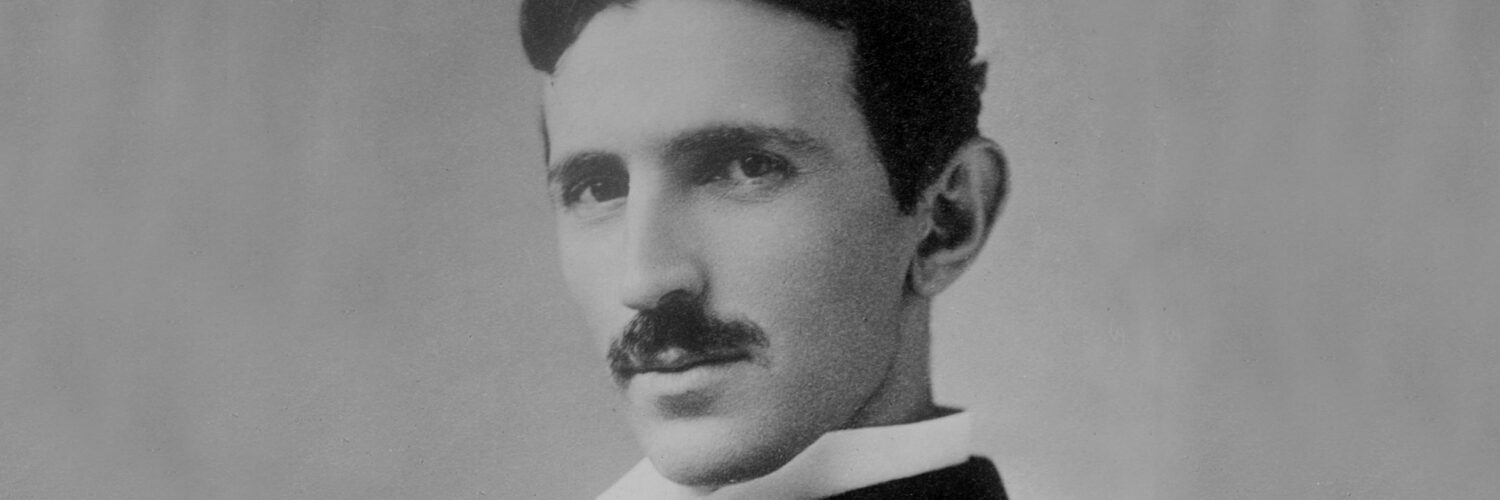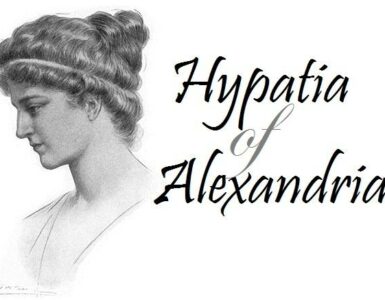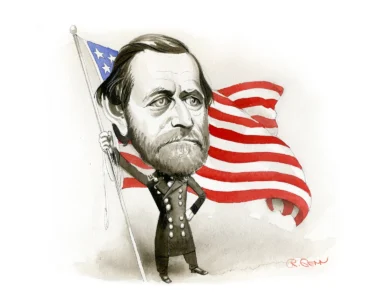Early Life and Education
Nikola Tesla, born on July 10, 1856, in Smiljan, which was then part of the Austrian Empire (now Croatia), showed signs of genius early in life. His father, a writer and a priest, wanted Tesla to follow in his footsteps, but young Nikola had different plans. Tesla had an extraordinary mind, often lost in deep thought, and was fascinated by the natural world. His exceptional memory and ability to visualize complex systems set him apart from his peers. He completed his primary and secondary education in Smiljan before attending the Technical University at Graz, Austria, and later studying at the University of Prague.
Tesla’s academic journey was marked by his intense interest in electrical engineering. He excelled in his studies but struggled with the formal structure of academia. Despite his brilliance, he faced challenges such as financial instability and a lack of support for his unconventional ideas. Tesla dropped out of school, choosing to pursue his passion for innovation independently. His drive and determination eventually led him to work in various fields of engineering, gaining valuable experience in telecommunications and electrical systems.
Tesla’s early education and experiences laid the foundation for his groundbreaking discoveries later in life. His exposure to different scientific fields allowed him to develop an interdisciplinary approach to problem-solving. Unlike many of his contemporaries, Tesla was not confined by the limitations of current technology. His inquisitive mind constantly sought new ways to harness the power of nature to improve human life, setting him on a path toward becoming one of the most influential inventors in history.
Moving to America: A New Beginning

In 1884, Tesla emigrated to the United States, arriving in New York City with little more than a letter of introduction to the renowned inventor Thomas Edison. He initially worked for Edison, where his talents were quickly recognized. Tesla was given the task of improving Edison’s direct current (DC) electrical systems. However, the two men had differing views on electricity, and their professional relationship began to deteriorate. Edison was a staunch advocate for DC power, while Tesla became increasingly convinced that alternating current (AC) was the key to advancing electrical technology.
After leaving Edison’s company, Tesla struck out on his own, and his research into AC began to gain momentum. In 1887, he developed a motor that ran on alternating current, a revolutionary idea that would later change the course of history. Tesla’s work on AC power caught the attention of industrialists and engineers, most notably George Westinghouse, who shared Tesla’s vision of a world powered by alternating current. Together, Tesla and Westinghouse formed a partnership that would soon lead to one of the most significant breakthroughs in electrical engineering.
Tesla’s arrival in America marked the beginning of his most productive and innovative period. In his early years in the United States, Tesla faced numerous challenges, including financial difficulties and skepticism from many of his peers. However, his perseverance and ability to think outside the box helped him overcome these obstacles. The stage was set for Tesla to introduce his groundbreaking discoveries to the world, beginning with the development of the AC power system.
The War of Currents: DC vs. AC
One of the most pivotal moments in Tesla’s career was his involvement in the so-called “War of Currents” against Thomas Edison. Edison, a champion of direct current (DC) electricity, believed that DC was the superior system for transmitting electrical power. Tesla, on the other hand, argued that alternating current (AC) was more efficient and practical for long-distance transmission. This disagreement sparked a fierce rivalry between the two inventors, each of whom sought to prove the superiority of their respective systems.
Tesla’s AC system had several advantages over Edison’s DC system. Unlike DC, which could only travel short distances without significant power loss, AC could be transmitted over much longer distances with minimal loss of energy. Tesla’s system used transformers to step up the voltage for long-distance transmission and then stepped it back down for safe use in homes and businesses. This innovation made AC power much more practical and scalable for widespread use, especially in rapidly growing cities.
Despite Edison’s attempts to discredit AC power by staging public demonstrations in which animals were electrocuted with alternating current, Tesla and Westinghouse’s AC system ultimately prevailed. In 1893, Tesla’s AC system was chosen to power the World’s Columbian Exposition in Chicago, marking a significant milestone in the adoption of alternating current. A few years later, the first large-scale AC power plant was built at Niagara Falls, supplying electricity to the surrounding area and proving the viability of Tesla’s vision for a global AC power grid.
The War of Currents was not only a battle of electrical systems but also a battle of ideas. Tesla’s victory over Edison in this conflict cemented his place as a pioneer in the field of electrical engineering. The success of the AC system marked the beginning of a new era of electrical power, one that would revolutionize industries and improve the lives of millions of people around the world.
Inventions and Innovations

Nikola Tesla’s contributions to science and technology extend far beyond the development of alternating current. Over the course of his career, Tesla invented and refined numerous devices and systems that shaped modern technology. One of his most famous inventions was the Tesla coil, a high-voltage transformer that he developed in 1891. The Tesla coil became an essential component in many electrical applications, from radio transmission to the development of early x-ray machines.
Tesla also made significant contributions to the field of radio waves. He conducted experiments with wireless transmission of energy and demonstrated the possibility of transmitting signals through the air without the need for physical wires. While Guglielmo Marconi is often credited with inventing the radio, Tesla’s earlier work on wireless communication laid the groundwork for Marconi’s later successes. In fact, in 1943, the U.S. Supreme Court posthumously awarded Tesla the patent for the invention of the radio, recognizing his pioneering contributions to the field.
In addition to his work in electrical engineering, Tesla also envisioned a future in which wireless power transmission would be used to provide energy to homes, industries, and even vehicles. He began construction on a massive wireless transmission tower at Wardenclyffe, New York, with the goal of providing free energy to the world. Unfortunately, the project ran into financial difficulties and was never completed. However, Tesla’s ideas about wireless power transmission continue to inspire research and development in the field of renewable energy and wireless technology.
Tesla’s inventions were not limited to practical applications; he also had a visionary outlook on the future of technology. He often spoke about the possibilities of harnessing renewable energy sources, including solar and geothermal power, long before these ideas gained widespread attention. Tesla believed that the earth itself could be used as a vast energy reservoir, and his work laid the foundation for modern research into alternative energy sources. His ability to think beyond the limitations of current technology and imagine a world powered by sustainable energy remains one of his most remarkable qualities.
Later Years and Legacy
Despite his immense contributions to science and technology, Nikola Tesla struggled financially throughout his life. His later years were marked by financial instability, and he spent much of his time in New York City living in relative obscurity. Many of Tesla’s most ambitious projects, including his plans for wireless power transmission and his vision of a global communication network, were never realized due to lack of funding and support. Nevertheless, his ideas continued to influence future generations of inventors, engineers, and scientists.
Tesla’s legacy has grown in recent years as the world has come to recognize the depth of his contributions to modern technology. While Tesla was not widely celebrated during his lifetime, today he is regarded as one of the most innovative and visionary thinkers in history. His work in electrical engineering, wireless communication, and renewable energy has had a lasting impact on the world, and many of his inventions continue to shape our lives.
In honor of Tesla’s groundbreaking work, numerous institutions, museums, and organizations have been established to preserve his legacy. Tesla’s name is now associated with technological innovation and progress, and his contributions to science and engineering have earned him a place among the greatest inventors of all time. From powering homes to advancing communication systems, Nikola Tesla’s work continues to influence modern society, and his vision of a world connected by wireless technology remains a testament to his extraordinary foresight and genius.





Add comment